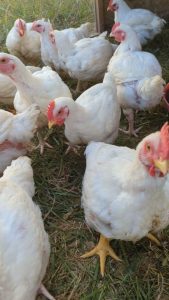Lighting is a crucial factor in broiler chicken farming, significantly influencing the growth, health, and overall productivity of the birds. This article delves into the various aspects of lighting, its impact on broiler chicken growth, and best practices for optimizing lighting conditions in poultry houses.
Importance of Lighting in Broiler Chicken Farming
Lighting plays a pivotal role in the daily rhythms and behaviors of broiler chickens. Proper lighting can enhance feed consumption, improve weight gain, and ensure better overall health. Conversely, poor lighting conditions can lead to stress, reduced growth rates, and higher susceptibility to diseases. Understanding the specific needs of broiler chickens regarding light intensity, duration, and spectrum is essential for maximizing their growth potential.

Light Intensity and Its Effects
Light intensity refers to the brightness of the light provided in the poultry house. Adequate light intensity encourages birds to be more active, promoting feed intake and growth. For young chicks, higher light intensities (20-40 lux) are beneficial in the initial stages to help them locate food and water easily. As the birds grow, light intensity can be reduced (5-10 lux) to prevent overstimulation and reduce energy expenditure, which can be better directed towards growth.
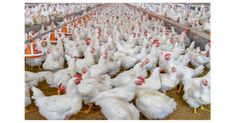
Photoperiod: Duration and Timing of Light
The photoperiod, or the duration of light exposure, significantly affects broiler chicken growth. Chickens require a balanced light-dark cycle to regulate their biological processes. During the first week, providing continuous lighting (23-24 hours) helps chicks acclimate to their environment and encourages consistent feeding. After the initial week, a gradual reduction to 16-18 hours of light per day is recommended. This not only promotes natural growth rhythms but also allows for rest periods, which are crucial for the birds’ recovery and overall well-being.
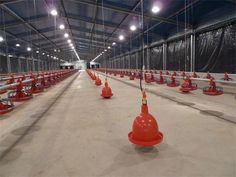
Light Spectrum and Its Influence
The spectrum of light, or the range of wavelengths provided, also impacts broiler chickens. Research indicates that different colors of light can influence chicken behavior and physiology. Blue and green lights are generally more calming and can improve feed conversion ratios, while red light can stimulate activity. Utilizing a combination of light spectrums throughout the growth stages can optimize growth rates and improve feed efficiency.
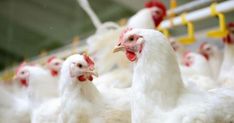
Gradual Adjustments: Introduce changes in light intensity and duration gradually to avoid stressing the birds. Sudden changes can disrupt their feeding and resting patterns.
Uniform Distribution: Ensure even light distribution throughout the poultry house to prevent areas of shadows or excessive brightness. This helps in maintaining uniform growth among all birds.
Automated Lighting Systems: Invest in automated lighting systems to precisely control light intensity, duration, and spectrum. These systems can be programmed to mimic natural daylight patterns, enhancing the overall environment for the broilers.
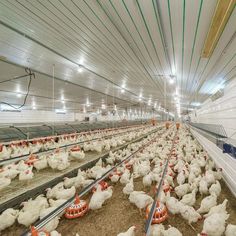
Regular Monitoring: Regularly monitor the lighting conditions and adjust based on the birds’ growth stages and behavior. Consistent evaluation helps in identifying any issues early and making necessary adjustments.
Backup Lighting: Have a reliable backup lighting system in place to ensure continuous lighting in case of power outages. Interruptions in lighting can cause significant stress and disrupt the growth process.
Conclusion
Lighting is a fundamental aspect of broiler chicken farming that significantly influences growth, health, and productivity. By understanding and optimizing light intensity, duration, and spectrum, farmers can create an ideal environment that promotes the well-being and efficient growth of broiler chickens. As the industry advances, staying informed about the latest research and technological innovations in lighting will be key to achieving optimal results.



